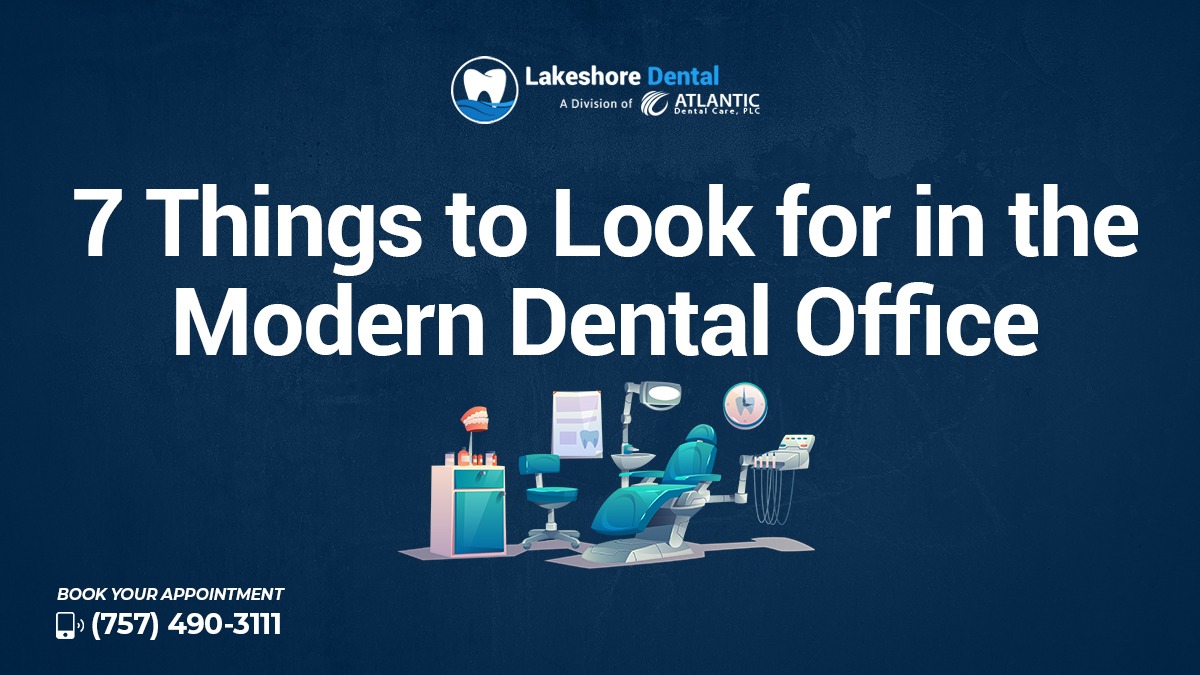
Introduction:
Changes in the dental office can now be measured in milliseconds. Even ten years ago, regular treatments and diagnostic instruments in dental care looked nothing like they do now! “Science and technology are driving the advances, allowing teeth to remain ‘truly ageless.'” “In reality, today’s well-informed dental patients expect to keep all of their teeth looking young and beautiful!”
1. Easy Ways to Detect Decay—More Easily Than Ever! It’s all thanks to lasers.
Cavities are detected using lasers! Is your dentist using a unique laser probe on top of your tooth to detect decay as soon as possible? Dentists in Virginia Beach’s dental clinics use a laser examination tool for the early detection of decay. During a check-up, they utilize this equipment to diagnose any dental caries in your mouth. A high-tech Diagnodent laser can now detect even the tiniest carious lesion. The light-emitting device is placed on the teeth and gives dentists a digital readout, which can help them analyze and determine if there is decay in the teeth. The use of DIAGNOdent also requires no anesthetic, and is pain and radiation-free, making it safe and suitable for all patients. Thanks to this ” early identification, ” the dentist may remove the decay before it becomes a more significant, more expensive problem thanks to this “early identification.”
2. Illuminator CariVu
This is another portable detecting device that employs “transillumination” laser technology to identify small pin-points of decay in otherwise healthy-looking teeth’ hidden cracks and crevices. The CariVu uses safe infrared light to bathe a tooth, resulting in black-and-white screen images that show the teeth as transparent
3. Air Abrasion to remove decay
All of the early, scarcely visible deterioration is eliminated in small layers, without needing a “drill” or even numbing! Air abrasion is a minimally invasive nonmechanical technique that uses kinetic energy to remove the carious tooth structure. A powerful narrow stream of moving aluminum-oxide particles hit the tooth surface and they abrade it without heat, vibration, or noise. This procedure is similar to sandblasting. the dentist at Virginia beach dental clinic can use this air abrasion to remove the decay and fill the tooth using tooth-colored resin. The tooth has been returned to its original state. In addition, the filling works as a “seal” to keep decay from infiltrating cracks in the tooth.
4. The “Great Multi-Tasker” is the dental laser.
Specific high-tech lasers can be used to reshape, raise, and contour the gum line without causing pain. They can also combat infection, ease spasms, and hasten the healing process.
5. The Scanner Gets Rid of Messy Impression
Digital impressions aren’t going away anytime soon. Goop, gagging, and pain are no longer an issue. Do you require a dental model? The new, very accurate technology replaces the traditional tray-and-putty imprints, which many patients compare to “stuffing a big wad of gum in your mouth.”
“Not only are our patients relieved to be more comfortable, but they’re also pleased to learn that the radiation-free laser imprint is more accurate and allows us to see teeth in 3-D instantly!”. Crowns, veneers, implant restorations are all done instantly and perfectly with the scanner.
6. 3-D X-Rays for Dental X-Rays: a lot more information about your mouth
Consider this: A three-dimensional, 360-degree view of any part of your mouth! That’s the new normal, or “Dental cone beam CT” or CBCT” a revolutionary CAT scan technology.
“Dentists are no longer constrained by a two-dimensional representation of a three-dimensional problem.” He also points out that X-Rays are extremely sensitive, often revealing previously missed minor or early issues with extremely low radiation.
7. Intra-Oral Camera: A ‘Show-Me’ Approach to Discussing Your Mouth
It’s like a mouth-mounted TV camera. Inside your mouth, a little photo-wand produces a full-color image onto a computer screen for patients and clinicians to see and debate. There will be no more “leap-of-faith” moments when a doctor peeks in and tells you what’s wrong. A blown-up image now informs and educates you right in front of your eyes. It’s the crack in your tooth that’s the source of the problem. It’s the inflamed gum tissue that’s producing all of the pain. Patients can verify this for themselves.

